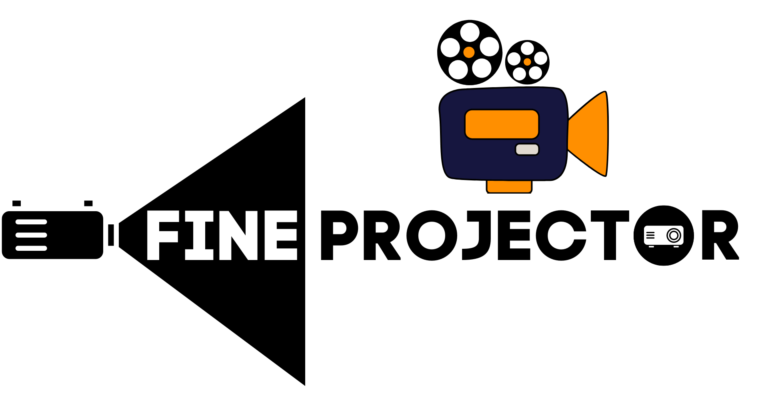Unveiling the Magic of Projection Technology
In the ever-evolving landscape of multimedia technology, projectors have carved a niche as versatile tools capable of transforming any space into a captivating visual experience. Projectors have become essential to our contemporary life, whether used for business presentations, home entertainment setups, or educational objectives. In this exploration of projectors, we’ll delve into their working principles, benefits, pros and cons, and the features that make them an essential addition to various scenarios.
Understanding the Working Principles of Projectors
Projectors are devices that take digital content, such as images, videos, and presentations, and project them onto a screen or surface, enlarging them for a larger audience to view. The basic working principles involve three main components: the light source, the imaging panel, and the lens system.

- Light Source: Projectors use different light sources, including traditional lamps, LEDs, and laser diodes. These sources provide the necessary brightness to display content.
- Imaging Panel: The imaging panel processes the digital content and breaks it down into individual pixels. Standard technologies for imaging panels include Digital Light Processing (DLP), Liquid Crystal Display (LCD), and Liquid Crystal on Silicon (LCOS).
- Lens System: The lens system focuses the processed content from the imaging panel onto the screen or surface, creating a large, detailed projection.
Benefits of Using Projectors
- Giant Screen Experience: Projectors offer a much larger screen size than traditional TVs, making them ideal for creating an immersive viewing experience in home theaters and business presentations.
- Versatility: Projectors can be used in various settings, from conference rooms and classrooms to outdoor movie nights and home entertainment setups.
- Space Saving: Unlike bulky TVs, projectors eliminate the need for large screens, saving space and allowing for flexible setup options.
- Portability: Many projectors are compact and lightweight, making them easy to transport for business travelers and outdoor events.
Pros and Cons of Projectors
Pros:
- Cost-Effective Large Screens: Projectors offer a cost-effective way to achieve large screen sizes without the expense of purchasing massive TVs.
- Customizable Screen Size: Projector screen sizes are adjustable, accommodating different viewing environments and audience sizes.
- Minimal Visual Intrusion: Projectors are less intrusive than big-screen TVs, allowing the focus to remain on the content being displayed.
- Enhanced Collaboration: Projectors facilitate collaborative discussions in business by displaying content in a shared space.
Cons:
- Room Lighting: Projectors perform best in dimly lit or dark rooms. Ambient light can wash out the projected image.
- Maintenance: Projectors require periodic maintenance, including cleaning filters and replacing bulbs or other light sources.
- Setup Complexity: Proper projector setup involves placement, distance, and screen alignment.
- Image Quality: While modern projectors offer impressive image quality, they might not match the pixel-perfect clarity of high-end TVs.
Features to Look for in a Projector
- Resolution: Higher-resolution projectors provide sharper images. Common resolutions include Full HD (1920×1080) and 4K (3840×2160).
- Brightness: Measured in lumens, brightness determines how well the projector performs in various lighting conditions.
- Contrast Ratio: A higher contrast ratio enhances image depth and detail by emphasizing the difference between dark and light areas.
- Connectivity: Check for HDMI, USB, and wireless connectivity options to ensure compatibility with various devices.
- Keystone Correction: This feature allows adjustments to correct image distortion caused by uneven projection angles.
- Throw Distance: Understand the throw distance required for your space to achieve the desired screen size.
Trends and Unique Designs
Projectors have significantly advanced in recent years, resulting in innovative designs and features. For example, ultra-short-throw projectors can be positioned as close as a few inches from a wall to produce a colossal projection. This makes them perfect for cramped locations. Laser projectors’ longevity and color accuracy are superior to those of conventional lamp-based models. A growing trend in home entertainment systems is intelligent projectors with integrated streaming capabilities.
Conclusion
Projectors have evolved from simple presentation tools to versatile devices that enrich our entertainment and communication experiences. Understanding their working principles, benefits, pros and cons, and features empowers you to choose the right projector for your needs. Projectors will remain at the forefront of visual innovation as technology progresses, shaping how we share and consume content in the digital age.

